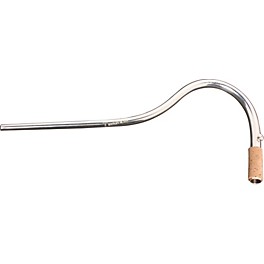Bassoon Bocals
Relevance
9 matches found
10% Back In Rewards** thru 12/4
10% Back In Rewards** thru 12/4
10% Back In Rewards** thru 12/4
10% Back In Rewards** thru 12/4
10% Back In Rewards** thru 12/4
10% Back In Rewards** thru 12/4
10% Back In Rewards** thru 12/4
10% Back In Rewards** thru 12/4
10% Back In Rewards** thru 12/4
- Previous
- 1
- Next

